Gyms and fitness centers in Los Angeles have a duty to provide a safe environment, but slip and fall accidents occur due to wet floors, faulty equipment, poor maintenance, or inadequate supervision. Determining liability in a gym-related slip and fall can be complex, as responsibility may lie with gym owners, property managers, maintenance staff, or even equipment manufacturers. Additionally, many gyms require members to sign waivers, which can complicate injury claims. Consulting a personal injury lawyer is essential to navigate liability issues, challenge waiver restrictions, and secure fair compensation for damages.
At the Salamati Law Firm, we have over 28 years of experience winning compensation in complex premises liability claims. Our track record is second to none. A Los Angeles slip and fall lawyer is ready to fight for your right to recover compensation for your damages and losses after an accident at a gym. Call today to schedule a free consultation.
Common Causes Slip and Fall Accidents in Gyms and Fitness Centers
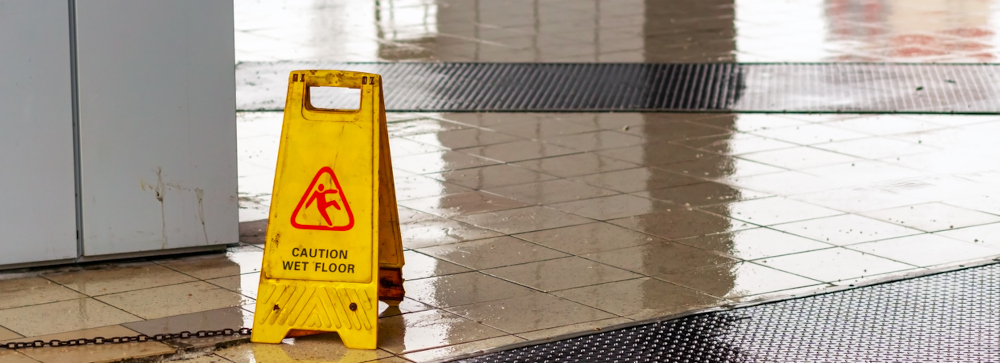
Gyms and fitness centers in Los Angeles attract thousands but slip and fall accidents are common due to poor maintenance, unsafe equipment, or negligence.
Here are some of the most frequent causes of slip and fall accidents in LA gyms:
- Wet or Slippery Floors. Spilled water, sweat, or cleaning products can create slippery surfaces, especially in locker rooms, bathrooms, and workout areas.
- Uneven or Damaged Flooring. Cracked tiles, torn carpets, or uneven rubber mats can become tripping hazards, particularly in high-traffic areas of the gym.
- Lack of Proper Lighting. Dimly lit hallways, staircases, or workout spaces can obstruct visibility, making it difficult for gym-goers to see potential hazards.
- Obstructed Walkways. Weights, resistance bands, yoga mats, and other gym accessories left on the floor create trip and fall hazards for unsuspecting members.
- Failure to Place Warning Signs. Gyms should use “Caution: Wet Floor” signs or other hazard warnings when floors are freshly mopped or areas are under maintenance.
- Negligent Staff or Poor Supervision. Employees who fail to inspect and address hazards promptly can contribute to unsafe conditions, increasing the risk of accidents.
- Defective Staircases and Handrails. Broken steps, loose handrails, or uneven staircases in multi-level gyms can pose a significant danger to members.
Finally, gyms that fail to regularly inspect and clean their facilities may allow hazards like mold, water leaks, or loose tiles to persist, putting visitors at risk.
Who Can Be Held Liable for a Gym Slip and Fall Accident?
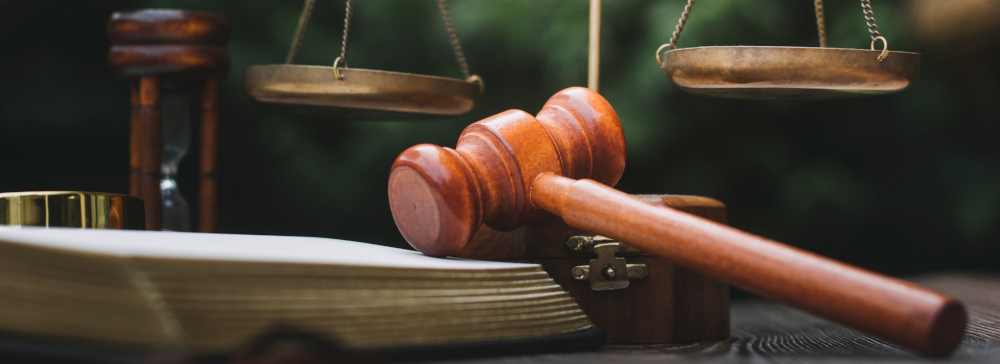
Liability for slip and fall injuries can vary depending on who was responsible for maintaining a safe environment. Gym owners and operators have a duty to ensure that their facilities are free of hazards, including slippery floors, faulty equipment, poor lighting, and obstructed walkways.
They can be held liable for injuries if they fail to inspect, clean, or repair unsafe conditions.
Additionally, property owners or landlords who lease space to gyms may share liability if the accident resulted from structural issues, such as broken stairs, cracked flooring, or defective handrails that were not properly maintained.
Other parties may also bear responsibility depending on the circumstances. For example, cleaning and maintenance companies may be at fault if spilled liquids, loose mats, or other hazards were not addressed. Even staff members could be responsible if they neglected to warn members about known dangers or failed to address hazardous conditions in a timely manner.
Gym Liability Waivers
Most gyms and fitness centers require members to sign a liability waiver before using their facilities, which is intended to protect the gym from legal claims related to injuries sustained during workouts.
However, these waivers do not provide absolute immunity from lawsuits, especially in cases involving gross negligence, recklessness, or hazardous conditions that the gym failed to address. If an injury occurs due to poor maintenance, defective equipment, slippery floors, or staff negligence, the waiver may not be enforceable, allowing the injured party to pursue legal action.
Common Injuries from a Slip and Fall at a Gym
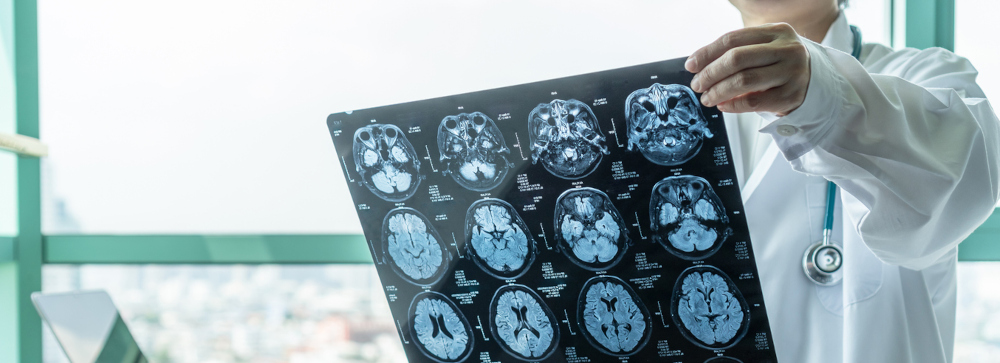
Slip and fall accidents at gyms can lead to a wide range of injuries, ranging from minor bruises to serious medical conditions requiring extensive treatment.
Some of the most common include:
- Sprains and Strains – Twisting or overstretching a joint during a fall can result in painful ligament sprains or muscle strains, particularly in the ankles, wrists, or lower back.
- Fractures – Falls can lead to broken bones, especially in the wrists, ankles, hips, or collarbone, which may require surgery or prolonged rehabilitation.
- Head Injuries – Hitting the head on the ground or gym equipment can cause concussions or traumatic brain injuries (TBIs), leading to dizziness, memory issues, and long-term cognitive impairment.
- Back and Spinal Injuries – Slip and fall accidents can cause herniated discs, spinal fractures, or nerve damage, resulting in chronic pain and restricted mobility.
- Cuts and Lacerations – Falling onto sharp objects, broken equipment, or rough surfaces can cause deep cuts and lacerations, which may require stitches or leave permanent scars.
- Soft Tissue Injuries – Falling onto the knees or landing awkwardly can result in a torn rotator cuff, meniscus tear, or dislocated shoulder, often requiring surgical intervention.
Even a seemingly minor fall at the gym can lead to serious complications, affecting mobility, daily activities, and overall quality of life. If an injury occurs due to hazardous conditions or negligence, consulting a personal injury attorney may be necessary to pursue compensation for medical expenses, lost wages, and pain and suffering.
Steps to Take After a Slip and Fall Accident at a Gym
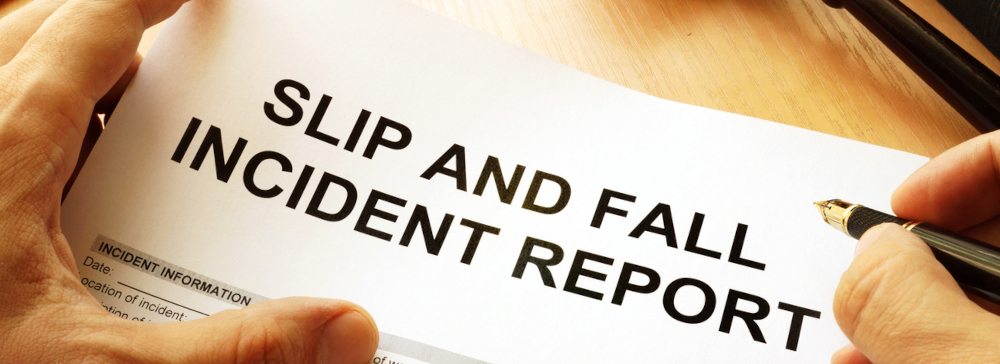
If you experience a slip and fall accident at a gym, take immediate action to protect your health and legal rights. Seek medical attention immediately, even if injuries seem minor, as some may worsen over time. Report the incident to gym management and request a written incident report.
Document the scene by taking photos, such as wet floors, faulty equipment, or uneven surfaces. Collect witness contact information if others saw the accident. Avoid making recorded statements to insurance representatives or signing any waivers without legal advice. Finally, consult a personal injury attorney to evaluate liability, potential compensation, and the enforceability of any liability waivers.
Contact Salamati Law Firm for a Free Consultation
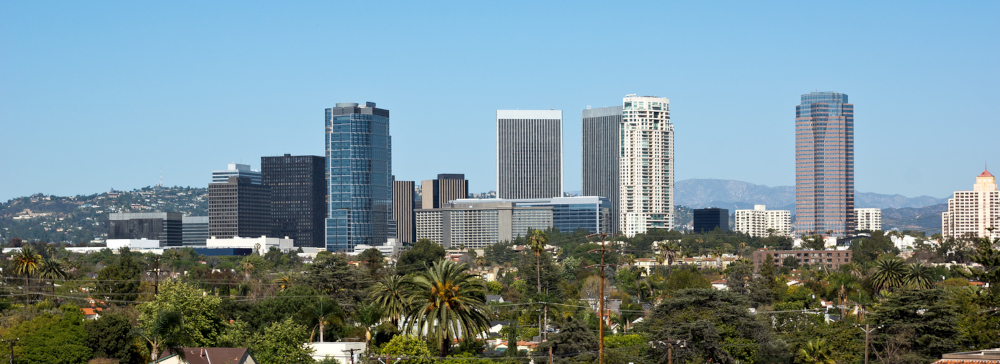
Navigating an accident claim at a gym can be complex, especially when dealing with liability waivers and insurance companies. Choosing the right slip and fall lawyer can feel even more daunting. However, Mr. Salamati is a true leader that litigants trust and opposing counsel respect. Personal injury lawsuits are retained on a contingency fee agreement, and plaintiffs will pay no legal fees unless the firm is able to recover damages on your behalf. Schedule a free, no-obligation consultation today.